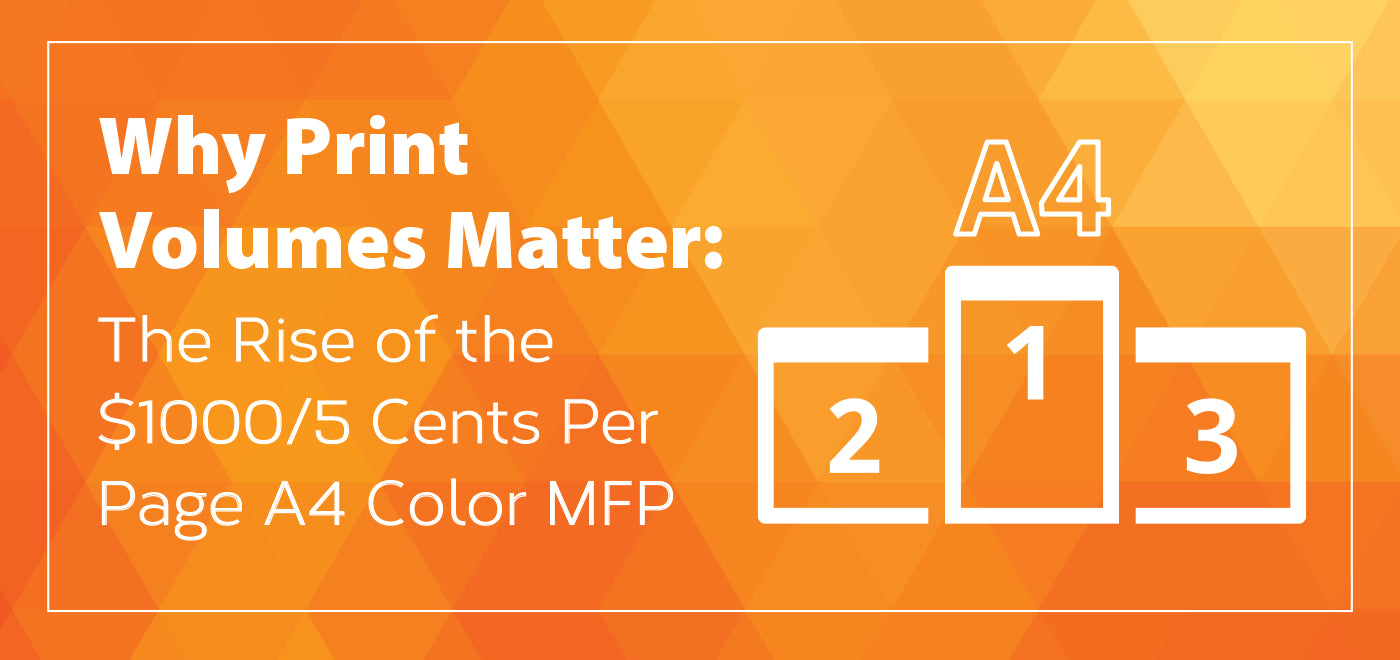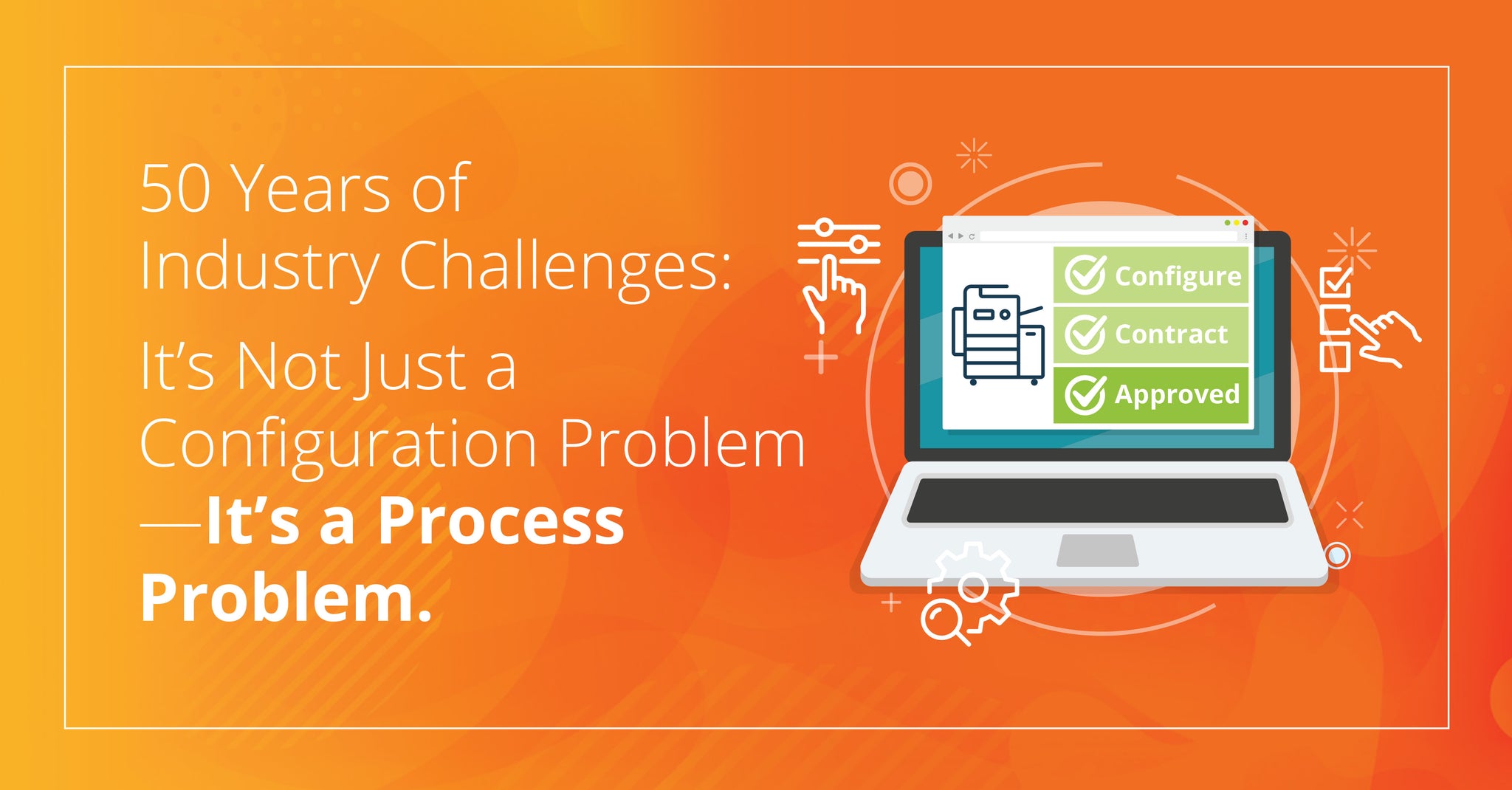
No two issues have dictated the adoption of new printing technology more than the cost per page for supplies, and hardware prices. Take color printing as an example, early adoption of color was held back by the prohibitive price per page, and the hardware was also expensive. As those prices lowered, more people “jumped” into the market. If you consider the total market of pages however, most people still print in black and white. It’s still a lot cheaper per page, and mono printers are cheaper than color MFPs.
There is “elasticity” in printing: it is certainly effected by price, though technology changes have reduced printing volumes overall. Those pages will not return, no matter what price you offer. Most office technology dealerships today remain focused on A3 opportunities. That category continues to shrink. No matter what you do, it will shrink. The category you should focus on is the $1000 color MFP. Those devices will start to eat up traditional A3 placements, but they also represent a “green fields” revenue opportunity. Here is the rationale.
Let’s clear up something—A3 denotes devices capable of printing 11x17 pages. The reality is, that format is not used much at all. A3 placements are more driven by volume capacity and cost per page. Sure there are other concerns like security and paper handling, but it’s a volume play.

This graphic illustrates how the industry has changed. As each employee outputs less, the average monthly volume per device declines. In simple terms, if 10 employees print 10 pages a day, then they would output about 2500 pages per month. If you assume that monthly averages vary, then they would be well supported with a device that could print 5-6,000 pages. Pages per day/employee is an important number. That’s what has been falling over the past decade. Those same employees are closer to 6 pages per day today, so those 10 employees are now printing closer to 1500 monthly pages. They can be serviced with a device capable of printing 3-4,000 pages.
Here’s where the $1000 A4 MFP changes the game. 10-12 years ago, these devices were terrible. Today you can get 50PPM devices like an HP 577 for less than $1000 from CDW. For a little more you can get a 577z. That hits a mark of $.01 cent a page mono, and $.06 cents color. And it is more than comfortable printing 3-4,000 pages per month.
Interestingly, a model in the same class from Xerox, the 6655i, comes in at almost $3500. Its speed is slower and the CPP a bit higher, so as a buyer would you choose an HP for $799, or a Xerox for $3500? The Xerox illustration is consistent among most other A3 focused OEMs—Ricoh, Konica, Canon, etc. Namely, they withhold features on their A4 devices because they fear stealing volumes away from the A3 devices and they will price themselves out of the market. It is also likely that their production and logistics are much smaller than HP so even if they tried, I doubt A3 OEMs could compete with HP in that category. Since distribution for these vendors is closed, they are correct in thinking that even entering that segment would reduce their sales, because it would eat into existing A3 sales. This is why I advise all OEMs to consider an A4 vendor like HP or Lexmark.

It’s only a matter of time until these devices begin to take over a significant part of the A3 market. Depending on your sales model, that is the bad news. The good news is that the $1000 MFP has a much bigger opportunity: replacing the aging fleet of single function color and mono printers. The page volume reduction is happening to distributed, A4 devices as well, but now it’s an advantage. Lower costs per page and excellent functionality for less than $1000 is an easy sale. Since they print less pages, the incremental cost of adding color is negligible.
You should identify all A4 devices as $1000 color MFP sales targets. As they expire and break, you cannot leave it to the service team to repair. That’s a complete missed sales opportunity. You should not repair single function mono printers. Or better yet, if you assume a repair costs $250 (assume: parts, labor, travel time overhead) give the customer a credit toward a new device. I’m willing to bet that OEMs would give dealers a huge incentive/bounty to replace aging monochrome devices with newer color MFPs.
Here’s the part that should change: this replace not repair model is an automated sales process. It will not work with your existing sales reps making a face to face appointment to replace a desktop. Those reps have been hardwired to oversell and complicate the sale—this is a simple transaction. Your company can make great profits with this model, but only if it’s automated. Like this.


